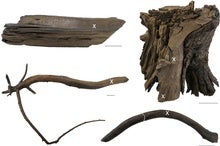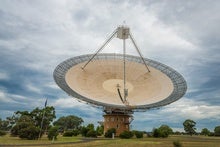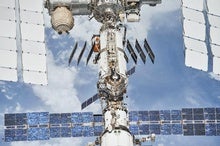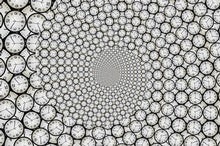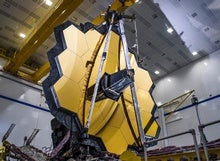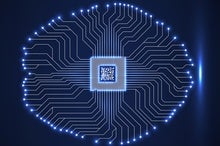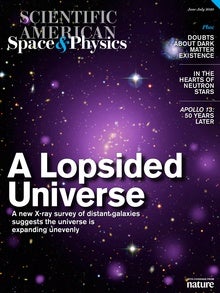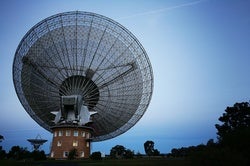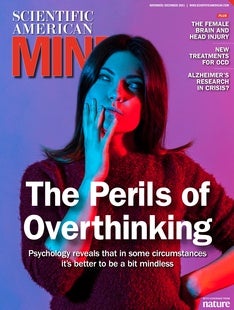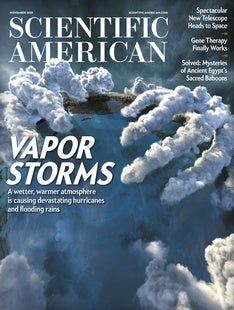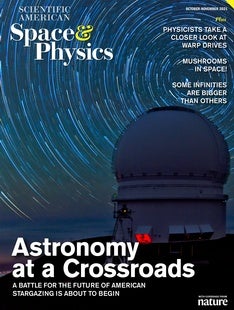 |
| October 28, 2021 |
Dear Reader,
If you believe in the predictive power of horoscopes, you're probably familiar with a well-worn catchphrase: "as above, so below." This is meant to convey some mystical relationship between our mundane activities on Earth and celestial events. But it could also refer to more scientific matters, such as a deep, causal connection between phenomena in the subatomic underworld "below" and the cosmological realm "above." Our lead story discusses one such possibility, a putative linkage between gravity's quantum origins and the existence of dark energy, the mysterious force driving the universe's accelerating expansion. Elsewhere this week, we have stories on space weather-dated Viking visits to North America, a false-alarm SETI signal, high-level debates over future human spaceflight, and—just for Halloween—a spooky science playlist. Enjoy, and try not to eat too much candy this weekend. |
| |
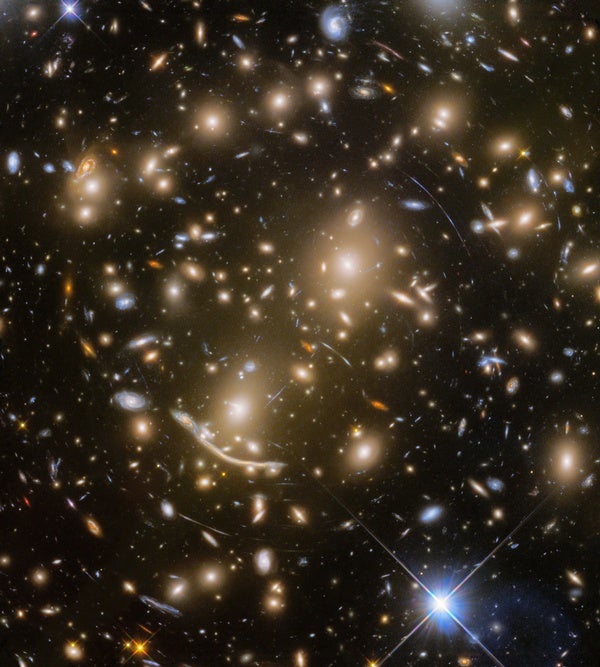 |
| |
| |
| |
| Space Exploration Senate Debates Uncertain Future of U.S. Spaceflight A congressional hearing about NASA's budget and activities offered more questions than answers about the International Space Station, orbital debris hazards and returning astronauts to the moon | | By Meghan Bartels,SPACE.com | | | |
| |
| |
| |
| |
| |
| |
FROM THE STORE
 | | | |
| |
| |
FROM THE ARCHIVE
 | | | |
LATEST ISSUES
 |
| |
| Questions? Comments?  | |
| Download the Scientific American App |
| |
| |



